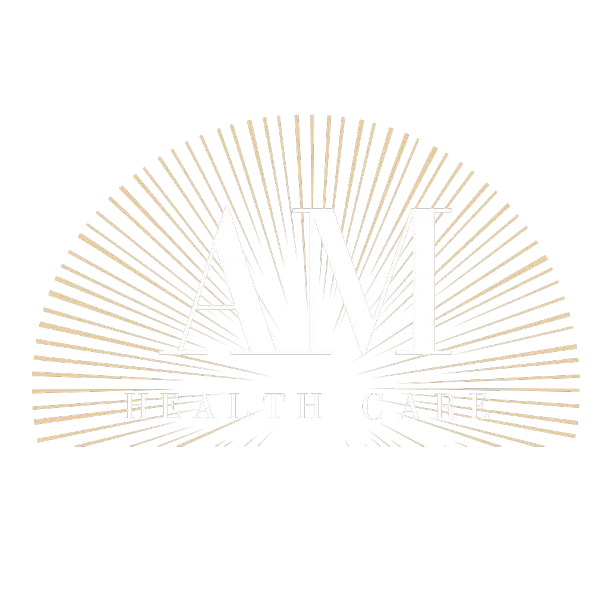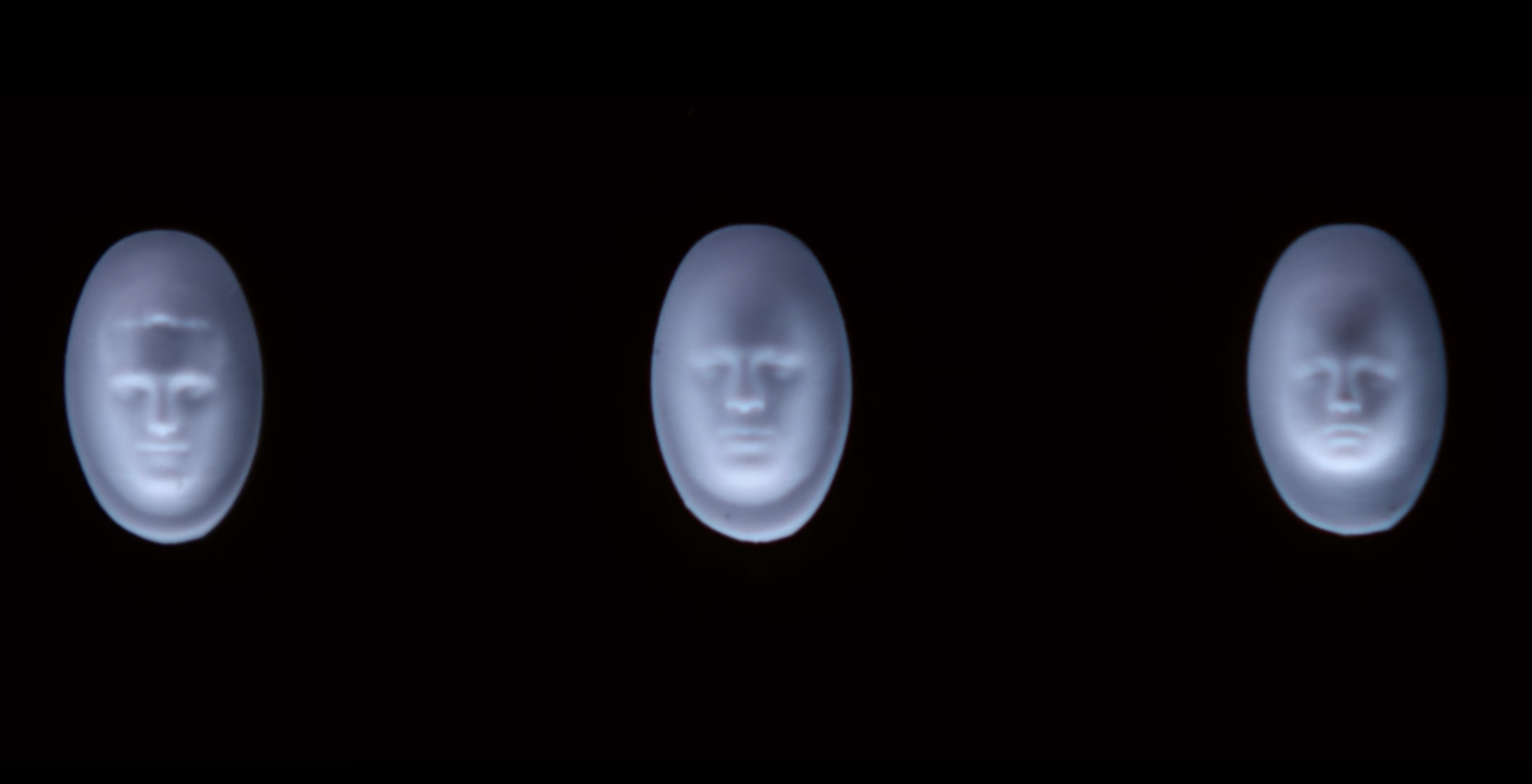Within the past decade, tens of thousands of Americans have lost their lives because of opioid and painkiller addictions. And now, the National Safety Council is aiming to address that with a special “Overdose Exhibit” set to debut at the White House this month. The temporary art piece will be on full display for D.C. visitors and feature a wall of 22,000 faces, representing the people who died.
For the record, the exhibit (titled “Prescribed To Death“) has the full backing of President Donald Trump.
“I encourage all to visit [the exhibit] and remember those who we have lost to this deadly epidemic,” he posted on his Twitter page. “We will keep fighting until we defeat the opioid crisis!”
Not surprisingly, Trump’s support has led to an online backlash regarding the exhibit. Those who oppose it, deem the art piece to be insensitive to the plight of those addicted. Their argument is that the piece isn’t taking any solid action against the crisis. There are also questions about the way overdose victims are portrayed. This “work of art” features individual faces engraved on tiny white pills.
“Dehumanizing the victims of overdose by reducing them to faces on a pill is absurd,” recovery advocate Carol Katz Beyer told TheFix.com. “Our children are first and foremost family members who are human beings that reflect many interests and a diverse range of talents. We would never shun or dishonor the death of anyone with another health condition by placing that singularly stigma-ridden attachment to their face.”
Bill Williams, another advocate who lost a child to the criss, echoed that sentiment. “Those ‘pills’ look like tiny death masks to me,” he exclaimed. “To me the issue is Trump co-opting this wall. He’s had nothing to do with it. It’s cynical on his part to do anything more than to suggest it is worth a visit.”
Other criticisms include an inaccurate total of those lost to the epidemic (numbers align closer to 42,000 vs. 22,000) and a lack of awareness for people who OD’d on fentanyl, heroin and other opioid strains. Those are all points well taken, but in our opinion, if something like this helps get an additional headline out about the crisis, more power to it.
To find out more about the exhibit, and the artists behind it, you can visit the official National Safety Council site by clicking here.







